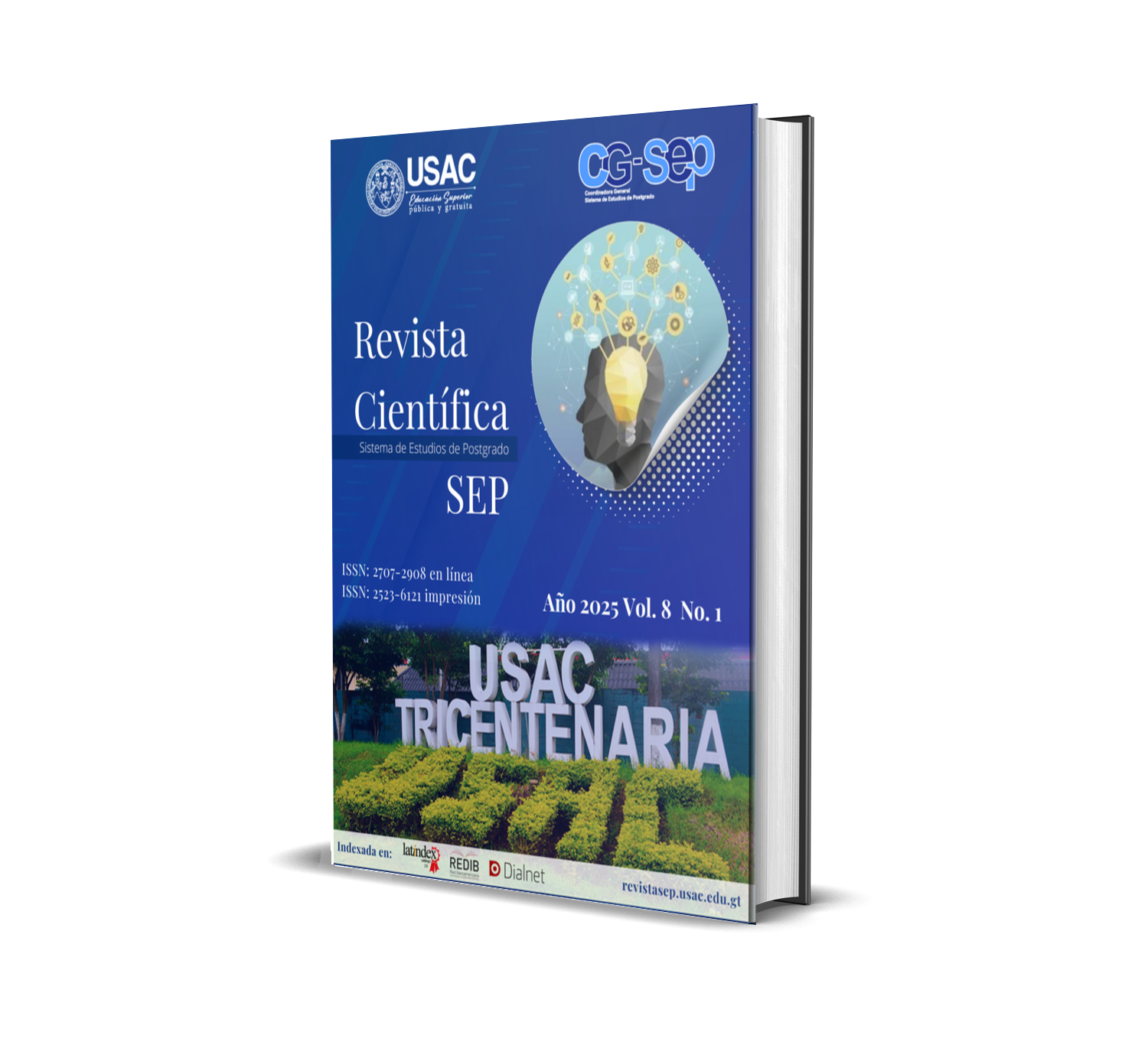The planning stage in the financial audit
DOI:
https://doi.org/10.36958/sep.v8i1.332Keywords:
planning, auditing, risks, resources, efficiencyAbstract
OBJECTIVE: to analyze the planning stage of financial auditing, highlighting its importance in ensuring the effectiveness and efficiency of the audit process. METHOD: a bibliographic review was conducted using academic databases such as Google Scholar and Scielo. 25 articles published between 2018 and 2024 were verified, of which 9 were used. Inclusion criteria were applied such as theoretical relevance, timeliness, and scientific rigor. Exclusion criteria included outdated information, lack of relevance to the topic, or lack of academic rigor. RESULTS: the objectives of planning, risk identification, and preliminary assessment, as well as the implementation of the work plan and resource allocation, were investigated. It was identified that adequate planning not only minimizes risks, but also improves resource allocation and communication between auditors and the entity’s management. Thus, it is concluded that risk identification and preliminary assessment are essential for focusing the auditor’s work on critical areas. CONCLUSION: a well-structured work plan, accompanied by efficient resource allocation, is essential for improvement and effectiveness in financial auditing. This study provides a solid foundation for the continuous improvement of audit practices in the public sector, highlighting the importance of rigorous planning.
Downloads
References
Arias González, I. P. (2018). Auditoría un enfoque de gestión. Observatorio de la economía latinoamericana, (abril). https://www.eumed.net/rev/oel/2018/04/auditoria-gestion.html/hdl.handle.net/auditoria-gestion.zip
Bazán, M. E. Q (2017). Materialidad en la auditoría financiera: Estándares internacionales y juicio profesional. Visión gerencial, 16(2), 324-335. https://www.redalyc.org/journal/4655/465552407014/465552407014.pdf
Bosch, M. A. (2023). Planificación de la auditoría. ADGD0108. IC Editorial. https://books.google.es/books?hl=es&lr=&id=UdfREAAAQBAJ&oi=fnd&pg=PA1&dq=La+etapa+de+planificaci%C3%B3n+en+la+auditor%C3%ADa+financiera&ots=BWjoYYO9aB&sig=gbrSu1duFrxEbsCTJKcisMMYAWY
Carrera López, J. S., Bedor Vargas, D. D. y Borja Salinas, E. I. (2020). Auditoría financiera para el control interno en los procesos departamentales de una empresa. Polo del Conocimiento: Revista científico-profesional, 5(3), 903-921. https://dialnet.unirioja.es/servlet/articulo?codigo=7518075
Casierra Velasco, G. S., y Gil Espinoza, D. J. (2019). Importancia de la fase I (Etapa de planificación) en el proceso de auditoría a los estados financieros. Pro Sciences: Revista de Producción, Ciencias e Investigación, 3(23), 25-30. https://core.ac.uk/download/pdf/233603295.pdf DOI: https://doi.org/10.29018/issn.2588-1000vol3iss23.2019pp25-30
Luna Yerovi, G. A., Arízaga Vera, F. E. y Zambrano Sánchez, R. M. (2018). La auditoría financiera, una herramienta imprescindible para las empresas. Revista Publicando, 5(14 (2)), 150-165. https://core.ac.uk/download/pdf/236644857.pdf
Marín, L. E. (2018). Auditoría financiera como proceso para la toma de decisiones gerenciales. Observatorio de la economía latinoamericana, (octubre). https://www.eumed.net/rev/oel/2018/10/auditoria-financiera-decisiones.html/hdl.handle.net/20.500.11763/oel1810auditoria-financiera-decisiones
Pelazas Manso, A. (2022). Planificación de la auditoría. Ediciones Paraninfo, SA. https://books.google.es/books?hl=es&lr=&id=F4Z3EAAAQBAJ&oi=fnd&pg=PR7&dq=La+etapa+de+planificaci%C3%B3n+en+la+auditor%C3%ADa+financiera&ots=A1It-GpfJ4&sig=G54_Y8gRJYNq_1nkGn9G08BNou8
Soloaga Acosta, A. (2017). Utilización de la matriz de riesgo de detección en la etapa de planificación de la auditoría financiera gubernamental municipalidad de Cotabambas-Apurímac periodo 2015. https://repositorio.unsaac.edu.pe/handle/20.500.12918/2929
Published
How to Cite
Issue
Section
License
Copyright (c) 2025 David Alejandro Guzmán Castellanos

This work is licensed under a Creative Commons Attribution 4.0 International License.
The authors who publish in this journal accept the following conditions:
- The authors retain the copyright and assign to the journal the right of the first publication, with the work registered with the Creative Commons 4.0 attribution license, which allows third parties to use what is published as long as they mention the authorship of the work already the first publication in this magazine.
- Authors may make other independent and additional contractual agreements for the non-exclusive distribution of the version of the article published in this journal (eg, include it in an institutional repository or publish it in a book) provided that they clearly indicate that the work it was first published in this magazine.
- Authors are allowed and encouraged to share their work online (for example: in institutional repositories or personal web pages) before and during the manuscript submission process, as it can lead to productive exchanges, more and more quick citation of published work (see The Effect of Open Access).









